Invest
Retooling the economy post-COVID-19
Australia could add up to $65 billion a year, as well as create 25,000 manufacturing jobs, by becoming a world leader in energy and commodities.
Retooling the economy post-COVID-19
Australia could add up to $65 billion a year, as well as create 25,000 manufacturing jobs, by becoming a world leader in energy and commodities.

According to the Grattan Institute, using Australia’s plentiful wind and solar resources to make energy-intensive “green” commodities such as green steel would pay off.
The research paper argued that it could protect tens of thousands of jobs in regions that currently employ coal miners that will become threatened as the world takes a stronger stance on climate change and greenhouse emissions.
Australia only needs to capture about 6.5 per cent of the global steel market through its new green steel to create nearly $65 billion in annual export revenue and more than 25,000 manufacturing jobs in NSW and Queensland’s mining towns.
“Climate change is a wicked conundrum for Australia,” says Grattan Institute’s energy program director and report lead author, Tony Wood. “It’s a threat to our health and to our agriculture and tourism industries – but tens of thousands of Australians work in industries that rely on fossil fuels.
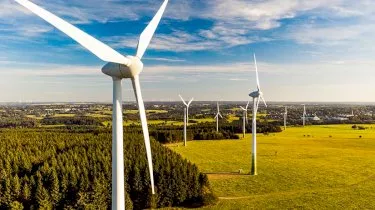
“Our practical plan could be a win-win-win: it would create a new export industry, support carbon workers and cut emissions,” Mr Wood continued.
Green steel could help make Australia a renewable energy superpower and represents the best opportunity for exports and job creation in key regions.
Green steel uses hydrogen, produced from renewable energy, to replace metallurgical coal to reduce iron ore to iron metal. Australia’s extensive wind and solar energy resources mean we can make hydrogen, and therefore green steel, more cheaply than countries such as Japan, Korea and Indonesia.
To do this at a global scale will require big industrial workforces – such as those found in the coal-mining regions of central Queensland and the Hunter Valley in NSW.
It is cheaper to make green steel in those places, where labour is available and affordable, than in the Pilbara in Western Australia – despite the cost of shipping iron ore to the east coast.
Smaller but still valuable opportunities in green steel and aviation biofuel exist in other locations, including Port Kembla in NSW, Portland in Victoria, Whyalla in South Australia, and Collie in Western Australia.
About the author

About the author

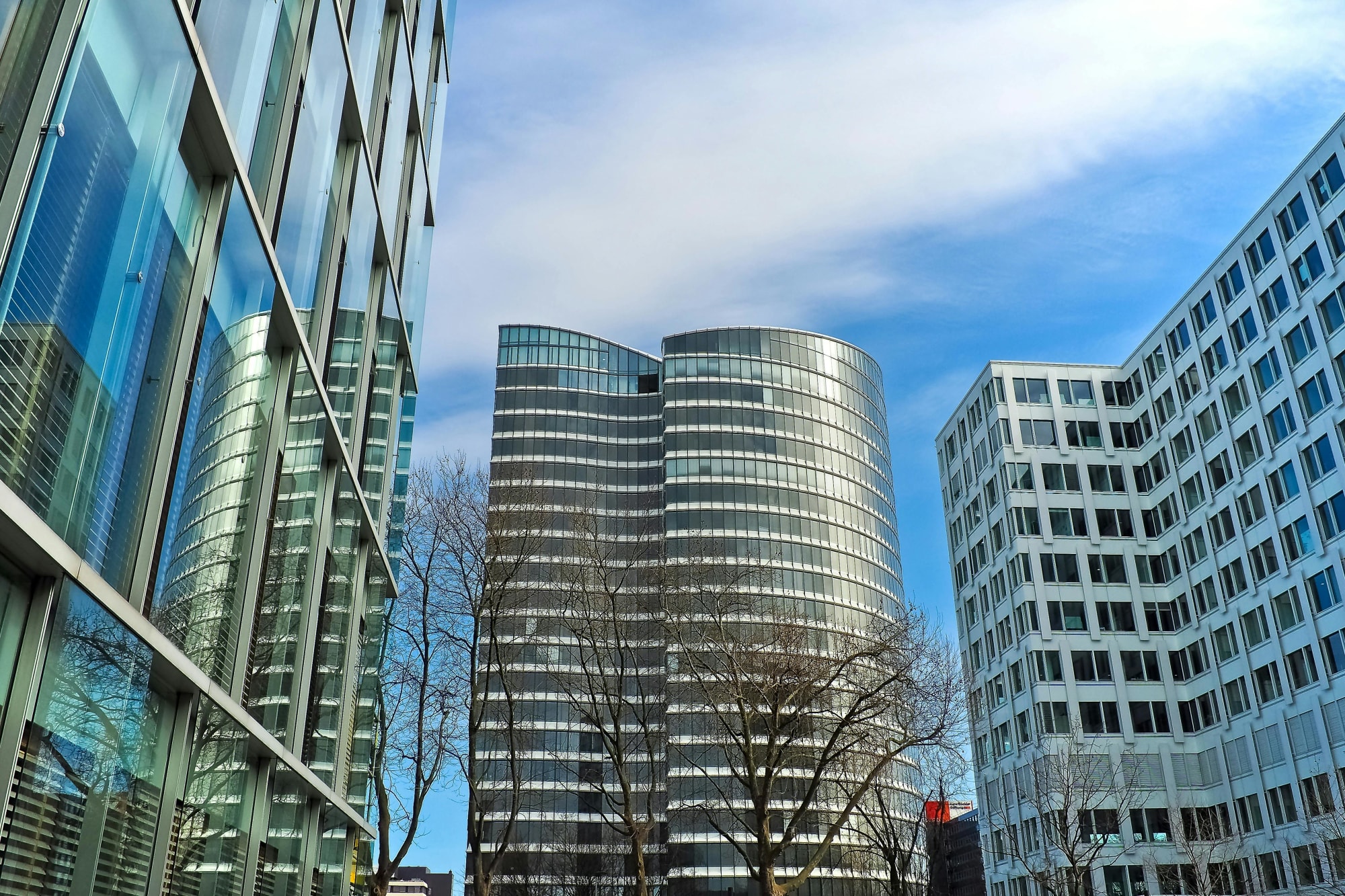
Economy
Australia's June quarter GDP growth driven by consumer and government spending
Australia's economy has shown unexpected resilience in the June 2025 quarter, with household and government consumption driving growth despite a significant decline in public investmentRead more
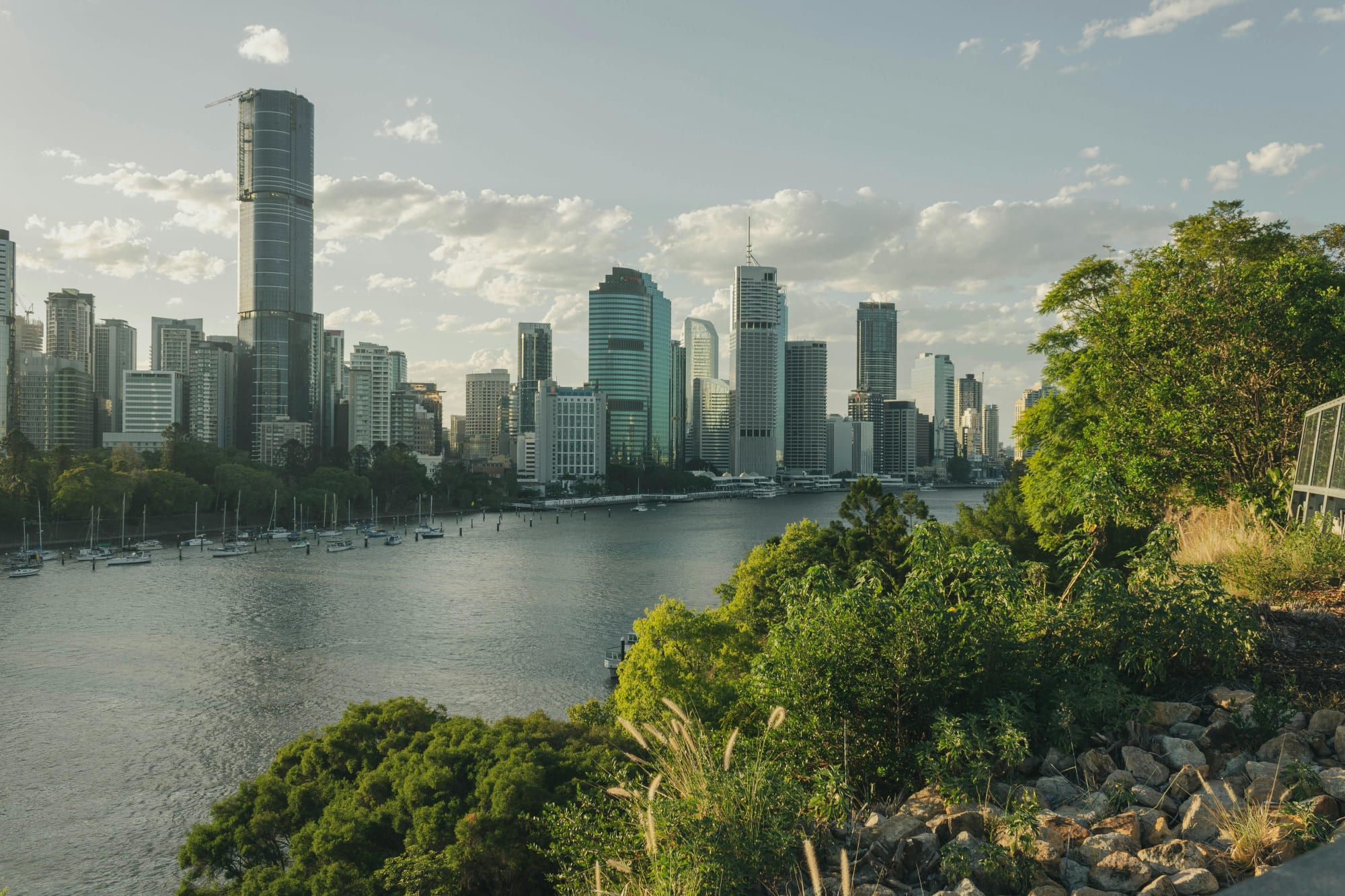
Economy
Australia's GDP surprise is real but operators should heed the growth mix warning light
Australia’s June-quarter growth beat expectations on the strength of household consumption and government spending, even as public investment sagged. The upside surprise signals resilience, but the ...Read more
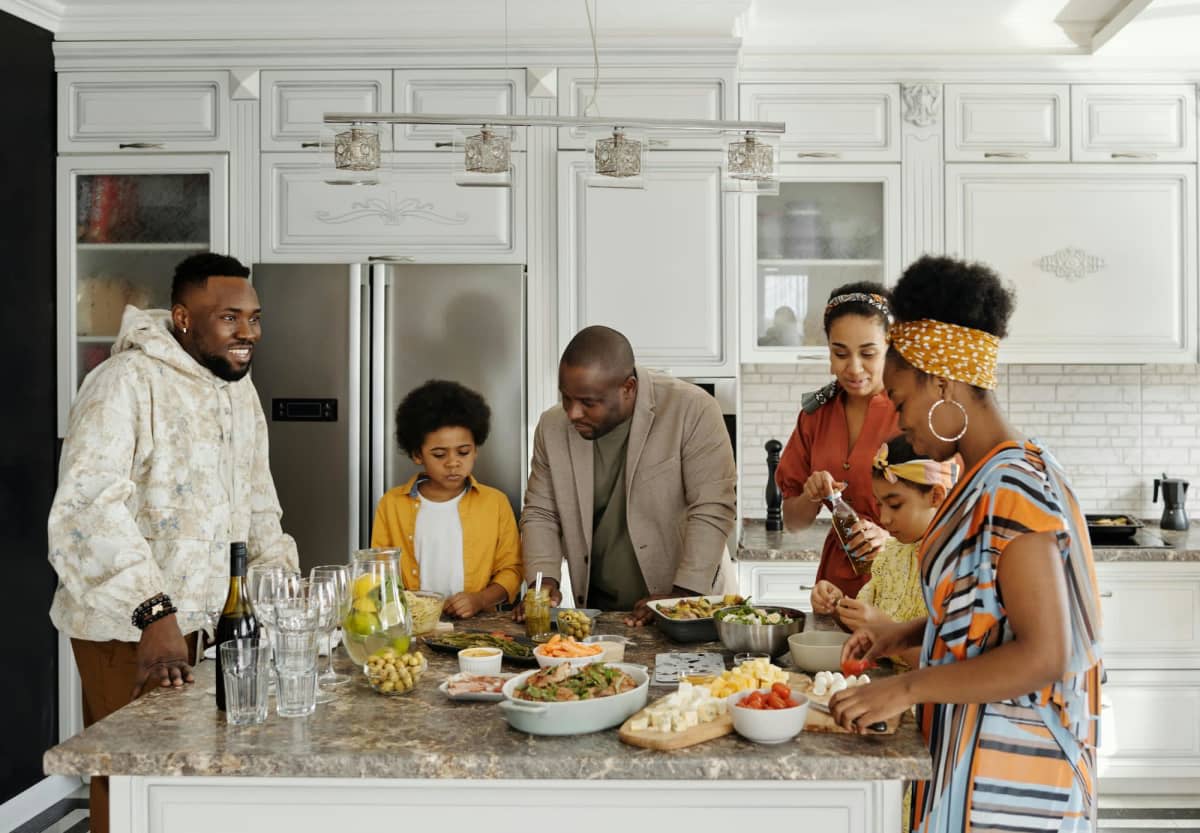
Economy
Households carried the quarter: what Australia’s upside GDP surprise means for strategy now
Australia’s economy expanded faster than expected in the June 2025 quarter, with GDP up 0.6 per cent quarter-on-quarter and 1.8 per cent year-on-year — the strongest pace in two years. The kicker ...Read more
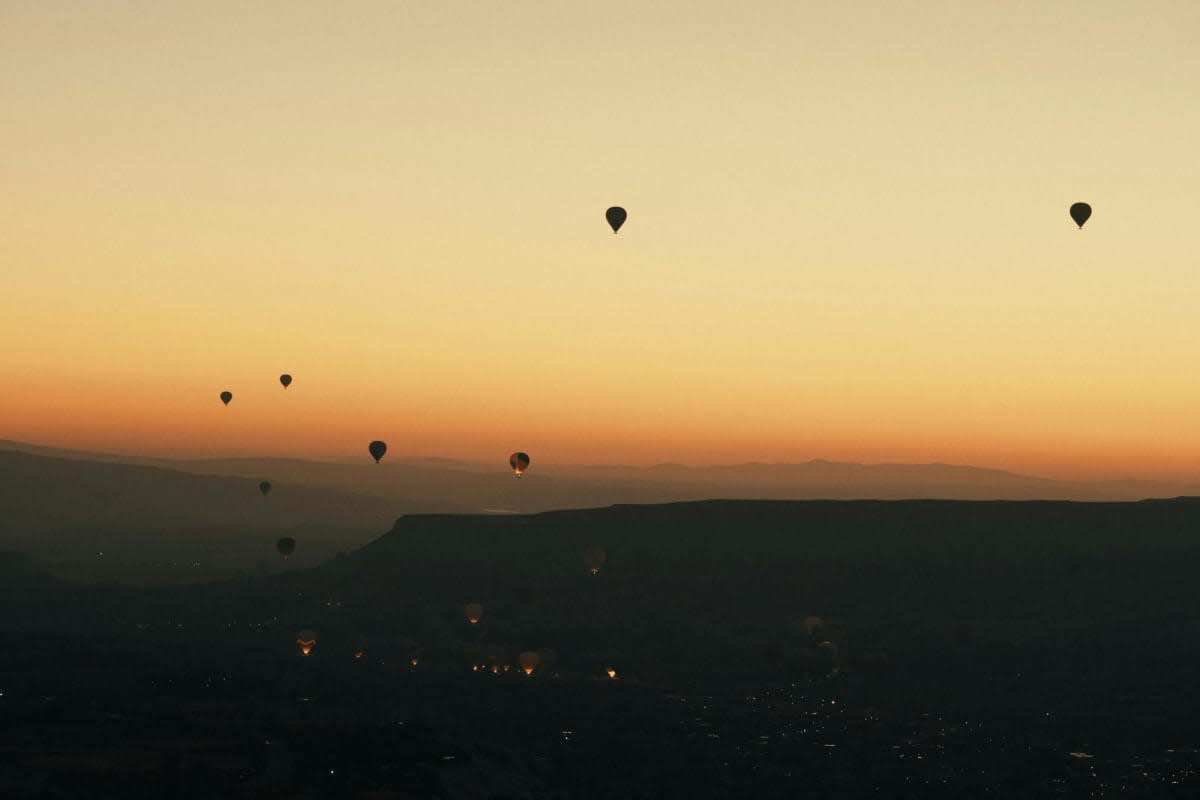
Economy
Inflation dynamics in Australia: Electricity subsidies and labour market in focus
In a recent economic analysis, experts from State Street have highlighted significant developments in Australia's inflation landscape, attributing the changes primarily to the withdrawal of ...Read more
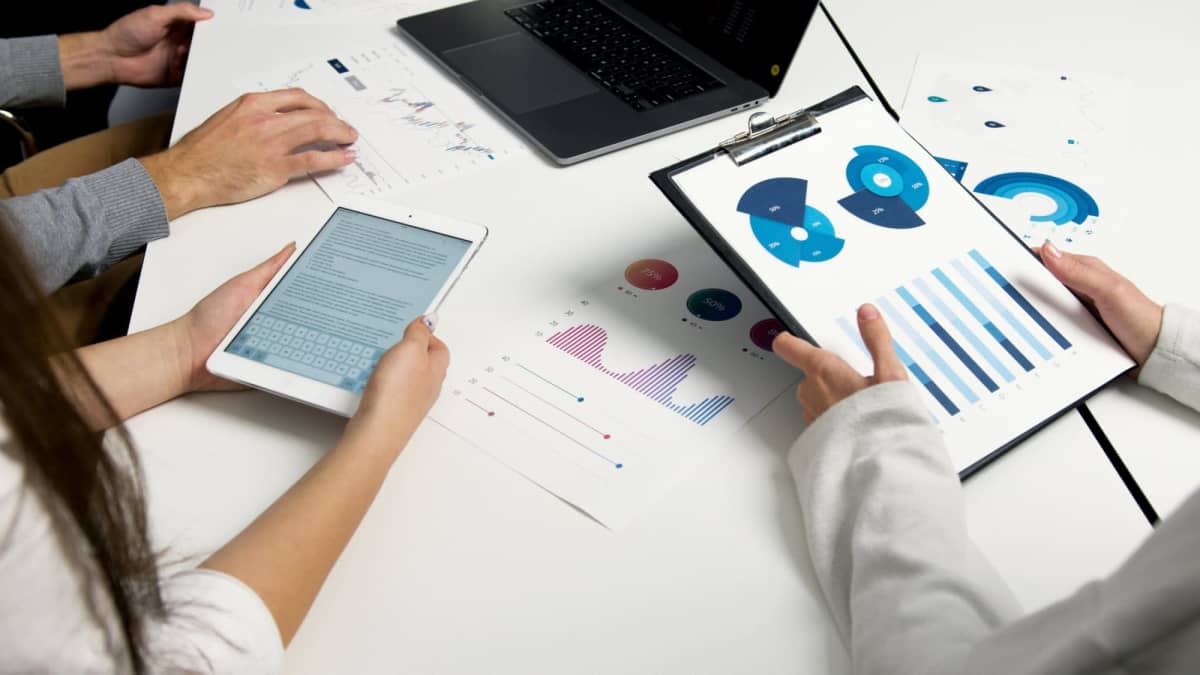
Economy
Australia's economic growth driven by consumer and government spending: A closer look at the June quarter
Australia's economy has delivered a surprising performance for the June 2025 quarter, surpassing expectations with a growth rate of 0.6% quarter-on-quarter and 1.8% year-on-year. This unexpected ...Read more

Economy
Australian and Korean leaders meet to unlock billions in new trade opportunities
In a significant effort to bolster economic ties and explore new avenues for investment, Australian and Korean leaders, alongside business executives and government officials, are gathering in Seoul ...Read more
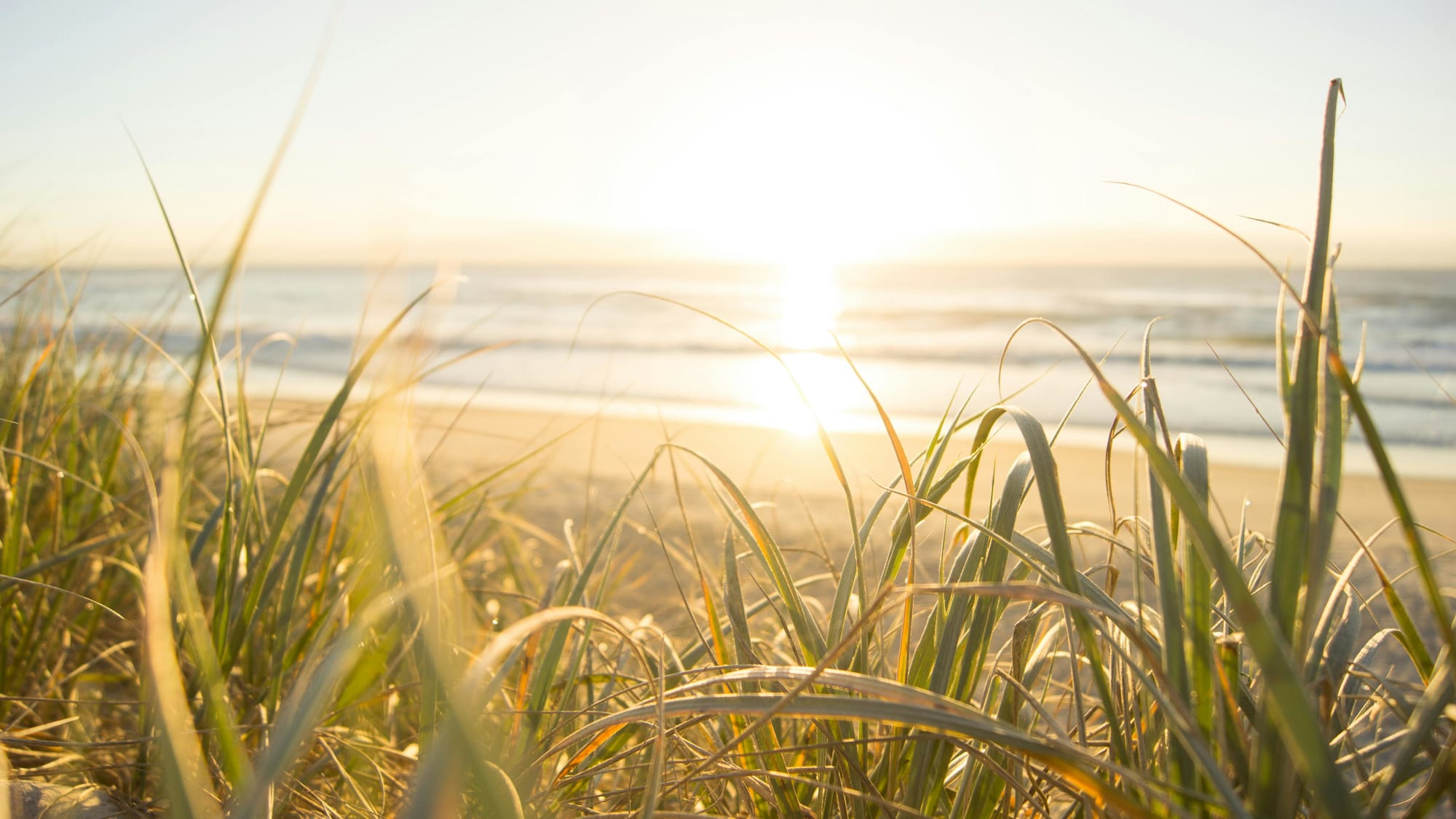
Economy
Australia’s growth beat is real — but it’s the wrong kind for capacity
Australia’s economy outpaced forecasts in the June quarter as households opened wallets and government spending did the heavy lifting, even as public investment sagged. The signal for boardrooms: ...Read more
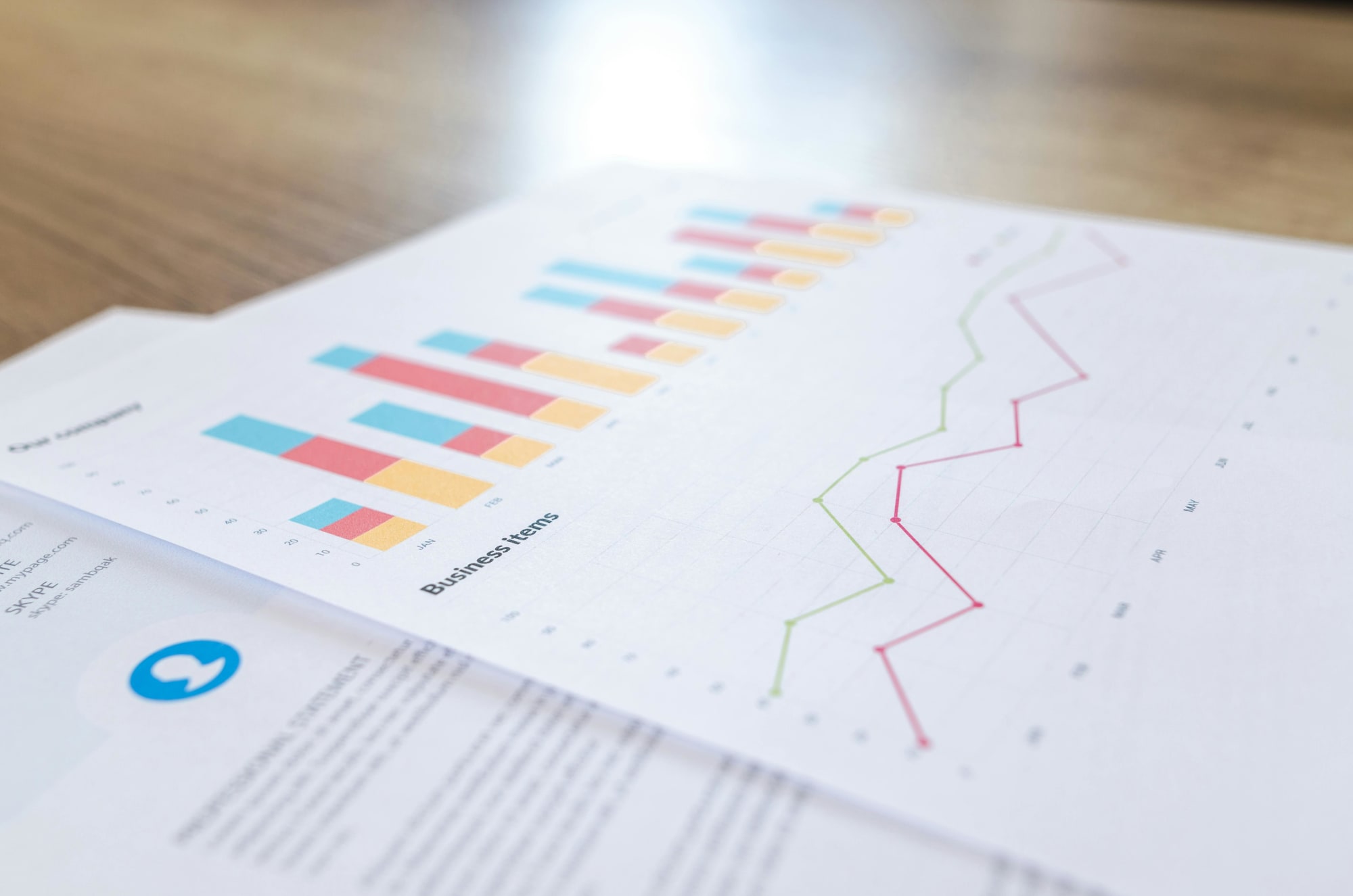
Economy
Australia’s growth is back—but it’s the wrong kind of strong
GDP surprised on the upside in the June quarter, powered by households and government outlays even as public investment slumped. The Reserve Bank stayed hawkish, signalling that sticky services ...Read more

Economy
Australia's June quarter GDP growth driven by consumer and government spending
Australia's economy has shown unexpected resilience in the June 2025 quarter, with household and government consumption driving growth despite a significant decline in public investmentRead more

Economy
Australia's GDP surprise is real but operators should heed the growth mix warning light
Australia’s June-quarter growth beat expectations on the strength of household consumption and government spending, even as public investment sagged. The upside surprise signals resilience, but the ...Read more

Economy
Households carried the quarter: what Australia’s upside GDP surprise means for strategy now
Australia’s economy expanded faster than expected in the June 2025 quarter, with GDP up 0.6 per cent quarter-on-quarter and 1.8 per cent year-on-year — the strongest pace in two years. The kicker ...Read more

Economy
Inflation dynamics in Australia: Electricity subsidies and labour market in focus
In a recent economic analysis, experts from State Street have highlighted significant developments in Australia's inflation landscape, attributing the changes primarily to the withdrawal of ...Read more

Economy
Australia's economic growth driven by consumer and government spending: A closer look at the June quarter
Australia's economy has delivered a surprising performance for the June 2025 quarter, surpassing expectations with a growth rate of 0.6% quarter-on-quarter and 1.8% year-on-year. This unexpected ...Read more

Economy
Australian and Korean leaders meet to unlock billions in new trade opportunities
In a significant effort to bolster economic ties and explore new avenues for investment, Australian and Korean leaders, alongside business executives and government officials, are gathering in Seoul ...Read more

Economy
Australia’s growth beat is real — but it’s the wrong kind for capacity
Australia’s economy outpaced forecasts in the June quarter as households opened wallets and government spending did the heavy lifting, even as public investment sagged. The signal for boardrooms: ...Read more

Economy
Australia’s growth is back—but it’s the wrong kind of strong
GDP surprised on the upside in the June quarter, powered by households and government outlays even as public investment slumped. The Reserve Bank stayed hawkish, signalling that sticky services ...Read more








